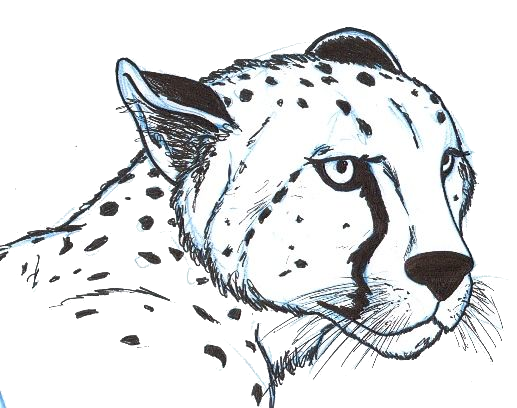Namibia was the first African country to incorporate protection
of the environment into its constitution, and the government has reinforced this by giving its
communities the opportunity and rights to manage their wildlife through communal conservancies.
Today, over 43% of Namibia's surface area is under conservation management. This includes national
parks and reserves, communal and commercial conservancies, community forests, and private nature
reserves.
Eye of the Pangolin
This was explicitly recognised at the recent Conference of the Parties, where the Convention on International Trade in Endangered Species of Wild Fauna and Flora acknowledged that “well-managed and sustainable trophy hunting [as] an important conservation tool which provides livelihoods, incentives for habitat conservation, … and profits which can be invested for conservation purposes” .
Life on land includes a target to “ensure the conservation, restoration and sustainable use of… ecosystems and their services”. This is mirrored by Article 95(l) of Namibia’s constitution which requires “the maintenance of ecosystems, essential ecological processes and biological diversity of Namibia and utilization of living, natural resources on a sustainable basis for the benefit of all Namibians, both present and future…”

Cheetah Conservation Fund
Cheetah Ecolodge is located at the Cheetah Conservation Fund (CCF) in Otjiwarongo, Namibia. The country has earned the nickname “Cheetah Capital of the World” for having the greatest density of wild cheetah of any place on Earth, thanks to CCF’s Founder and Executive Director Dr. Laurie Marker and the efforts of CCF staff and volunteers. Dr. Marker relocated to Namibia from the United States of America in 1990, and built CCF into a world-class scientific research facility with an education center and lodgings.
Only 20 minutes drive from La Bips Safari's .....Visit Website
Nacso
People living in southern Africa have always hunted for food, and some hunter-gatherer communities still hunt in the traditional way, but development has brought fundamental changes to present day Namibia. Communal conservancies utilise wildlife sustainably, which includes the harvesting of meat and the sale of trophy hunting rights, both based upon regulation and quotas. Wildlife populations have increased and are stable in conformity with the guiding principle that if a resource has value, people will conserve it.

Visit Website
